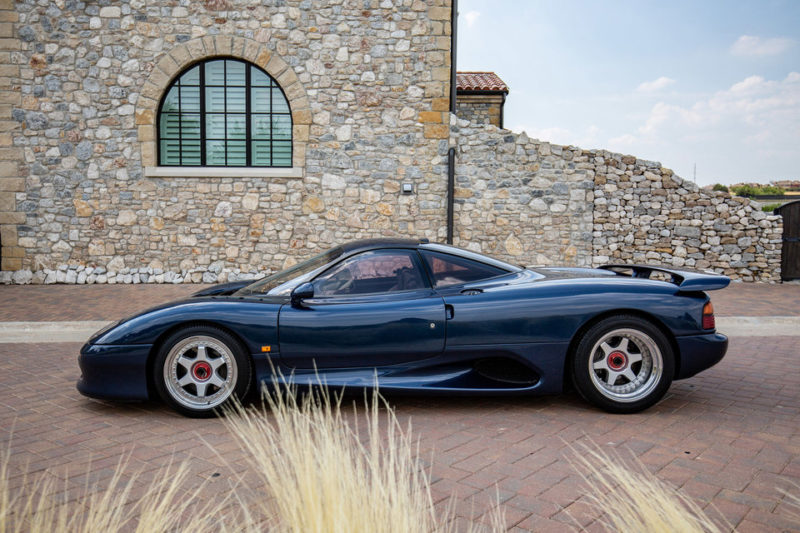Jaguar returned to the winner’s circle of Le Mans in 1988 and again in 1990 with the XJR-9. Designer Tom Walkinshaw convinced Jaguar management that demand for a road-going version was strong, and plans were started to build 50 XJR-15s for the public. Power came from a mid-mounted 5.3-liter V12, nearly identical to the engine used in the Le Mans-winning XJR-9. The carbon fiber monocoque tub was a different design, with similar suspension and a beautiful body penned by Peter Stevens. The result was a supercar capable of 215 MPH and weighing just 2,315 pounds. The car here is one of just 27 built to road-going specs and was restored to its original specification in 2015 by Australia’s Bespoke Motors. The car includes spare parts, documentation, and the pleasure of owning one of Jaguar’s most significant road cars.


